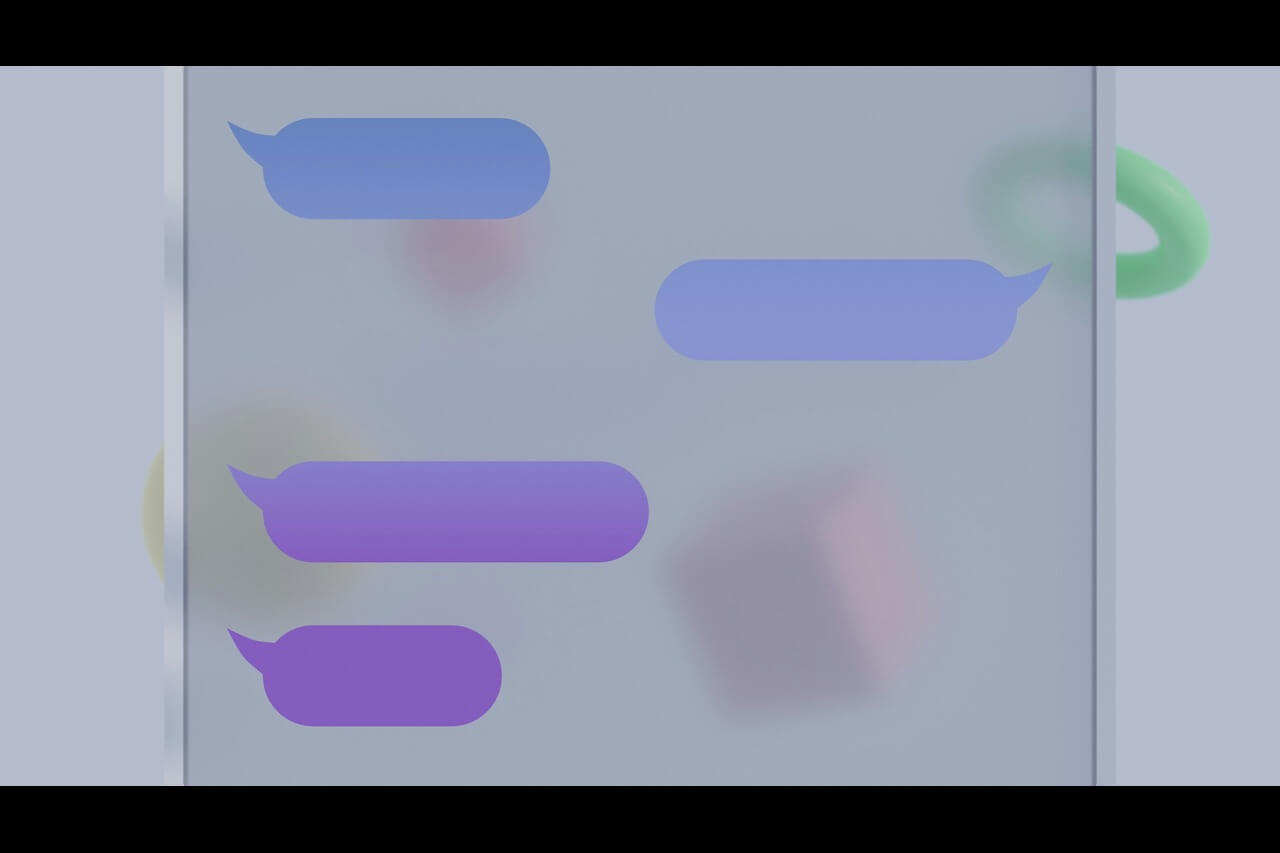The semi-pricey high-tech pads that magically charge our phones are a modern marvel. It eliminates the frustration of fumbling for a cord since you can sit the phone on the surface. Then, the battery seems to charge like magic — no hookups required. But how does wireless charging work, and is it just as effective, if not more, than wired charging connections?
Where Did the Idea Start?
Though this seems like a recent invention, Nikola Tesla pioneered the idea of wireless charging in the late 1800s with a concept known as magnetic resonant coupling. In simple terms, this describes transmitting electricity via electromagnetic fields through the air.
A transmitter creates the energy, and the receiver benefits from it — the wireless pad is the transmitter, and the phone is the receiver. This is just as effective as wired charging methods.
Unfortunately, it took until the modern technological age for this invention to flourish since more electronics nowadays could take advantage of its benefits. Removing wires for at-home electronics provides convenience, but it has an even more significant impact on industry.
Though we associate wireless charging with personal phones, the concept could stretch into maximizing the optimization of Internet of Things (IoT) devices, giving greater flexibility in any sector that uses tech. An advancement like this can only happen if we expand our minds outside using copper coils to provide the charging energy at short distances.
How Does it Work?
Wireless charging is broken down into a few different types of technologies:
- Tightly coupled induction: The transmitter uses coils to create the electromagnet field for the receiver. The downside is it requires the exact placement of the object to charge efficiently.
- Loosely coupled resonant: It only allows short distances — around one inch. But, it works because both devices emit electromagnetic fields, feeding off one another. This allows more flexibility with placement.
- Uncoupled charging: Using the powers of radio frequencies, infrared and ultrasound technology, this could power devices meters away.
The trajectory of wireless charging is controlled by two major standards groups — the AirFuel Alliance and the Alliance for Wireless Power (A4WP). The biggest names in tech, including Google, Apple and Intel, are a part of one of these groups supporting wireless charging development.
The AirFuel Alliance focuses on creating a few wireless protocols, including Qi which focuses on pad-style inductive charging. A4WP supports the Rezence protocol. This is still a new development, but it strives to relieve tech from pad-style chargers to go truly wireless.
What’s the Future of Charging?
Currently, developments for Qi and Rezence are top priorities. As research continues, safety and security issues are at the forefront, wondering how it will affect human health to be surrounded by the energy these technologies emit. Most authorities assert the radiation is weak, not affecting living beings.
However, development must continue for charging to become genuinely wireless and charge through other materials like wood or metal.
Eventually, wireless charging could happen at all times. If humans install the infrastructure, walking around a home, office or even city could charge everything from wearable health tech, modern gaming consoles and electric vehicles.
Though this may still be far off, developments in wireless charging could lead us to this reality, creating a more streamlined and convenient lifestyle for all with access. Projections suggest this future may be close as demand continues to increase.
Wireless Charging Innovates Old Tech
Technology we now view as innocuous is made more influential with wireless charging. Imagine a long day of sightseeing while traveling and never concerning yourself with not using your camera to save battery. Work stations become more portable if laptops can find energy no matter where they go. In industry, supply chains could streamline, and manufacturers could save hours of downtime. The only question is how long it’ll take to get there.
Recent Stories
Follow Us On
Get the latest tech stories and news in seconds!
Sign up for our newsletter below to receive updates about technology trends




